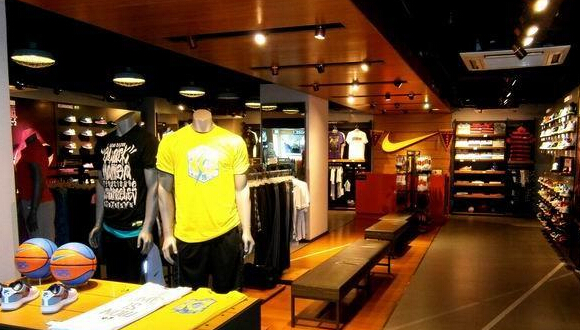China is Nike Inc.’s third-largest market, accounting for approximately 10 per cent of sales, but it’s also the company’s most profitable. Nike’s EBIT margins in greater China are about 32 per cent, compared to almost 14 per cent for the company on the whole.
As a result, it’s reasonable for investors to be concerned about how a slowdown in the Chinese economy might impact the sportswear giant. But Deutsche Bank analyst Dave Weiner isn’t worried and sees a clear path ahead for Nike in the country.
Year-to-date growth in some Chinese retail sectors has slowed, but the athletic industry remains strong, with revenues in the first half of 2015 up 16 per cent on an annual basis.
“Nike’s China game place is resonating with consumers,” Weiner told clients, highlighting the company’s premium and performance/fashion offerings.
With both revenues and order books outpacing peers, Nike’s “reset” plan (creating more product differentiation, boosting consumer satisfaction, improving merchandising) is working.
As is often the case in China, government initiatives are playing a big role in the athletic retail sector. The country’s State Council is implementing initiatives to grow sport as an industry, with the goal of boosting its value to US$785 billion by 2025 — a compound annual growth rate of 13.4 per cent.
Weiner noted that the plan includes increasing fitness participants in places such as schools, assigning more land use for sport, focusing on soccer and basketball, and encouraging private and foreign investment.
“In our view, the Chinese government is monetizing the industry to promote health, employment, and national pride,” the analyst said.
He estimates these initiatives will drive Nike’s China revenues to US$12 billion by 2025 and add more than 150 basis points to the company’s operating margin.
Weiner boosted his fiscal 2017 earnings per share forecast to US$4.70 from US$4.64, and his price target on the stock to US$125.
Taken from Financial Post
